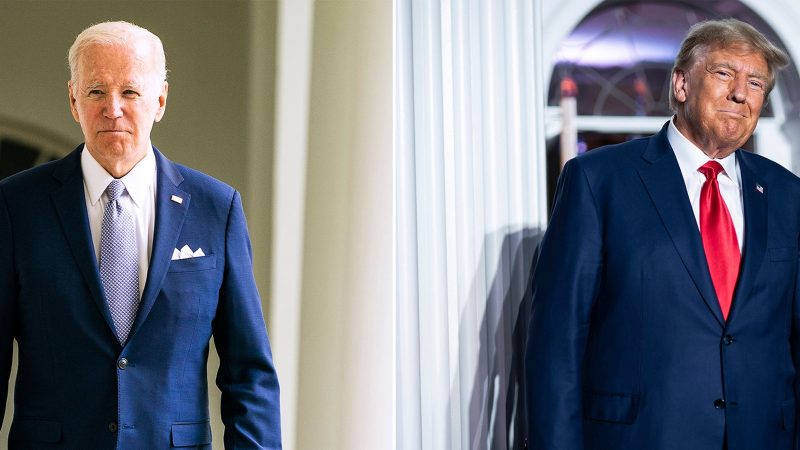In the realm of American politics, one of the defining battles of recent years has been the contentious debate surrounding the 2017 Tax Cut and Jobs Act. This sweeping piece of legislation, signed into law by President Donald Trump, represented a significant shift in the nation’s tax policy, encompassing a wide range of changes that impacted individuals, businesses, and the overall economy.
From the outset, the 2017 tax cut bill drew sharp contrasts between the two major political parties, with Republicans championing it as a vital move to stimulate economic growth and create jobs, while Democrats criticized it as a giveaway to the wealthy that would balloon the national deficit. The primary supporters of the tax cut argued that it would provide much-needed relief for American workers and incentivize businesses to invest and expand, thus boosting the economy. On the flip side, opponents contended that the benefits of the tax cut disproportionately favored the wealthy and corporations, and that the tax savings would not trickle down to benefit the average American worker.
The battle over the 2017 tax cut intensified during the 2020 presidential election, as Democratic candidate Joe Biden pledged to repeal some of the key provisions of the tax cut bill if elected. Biden criticized the legislation for exacerbating income inequality and argued that the wealthiest Americans and corporations should pay their fair share in taxes to fund critical government programs and initiatives. In contrast, then-President Trump and his supporters defended the tax cut as a cornerstone of their economic policy, touting its role in fueling job creation and boosting economic growth.
The diverging views on the 2017 tax cut underscored the deep ideological divisions within American politics, with each side presenting starkly different visions of how taxation and economic policies should be structured to promote prosperity and fairness. The debate also highlighted the complex interplay between tax policy, economic growth, and income distribution, as policymakers grappled with the trade-offs involved in shaping the nation’s fiscal landscape.
As the Biden administration assumes office and charts its course on economic policy, the fate of the 2017 tax cut remains uncertain. While Biden has expressed his intention to roll back certain provisions of the tax cut bill, the political landscape and the need for bipartisan cooperation may present challenges to enacting sweeping changes. Ultimately, the debate over the 2017 tax cut reflects broader questions about the role of government in shaping economic outcomes and the trade-offs inherent in tax policy decisions.


























